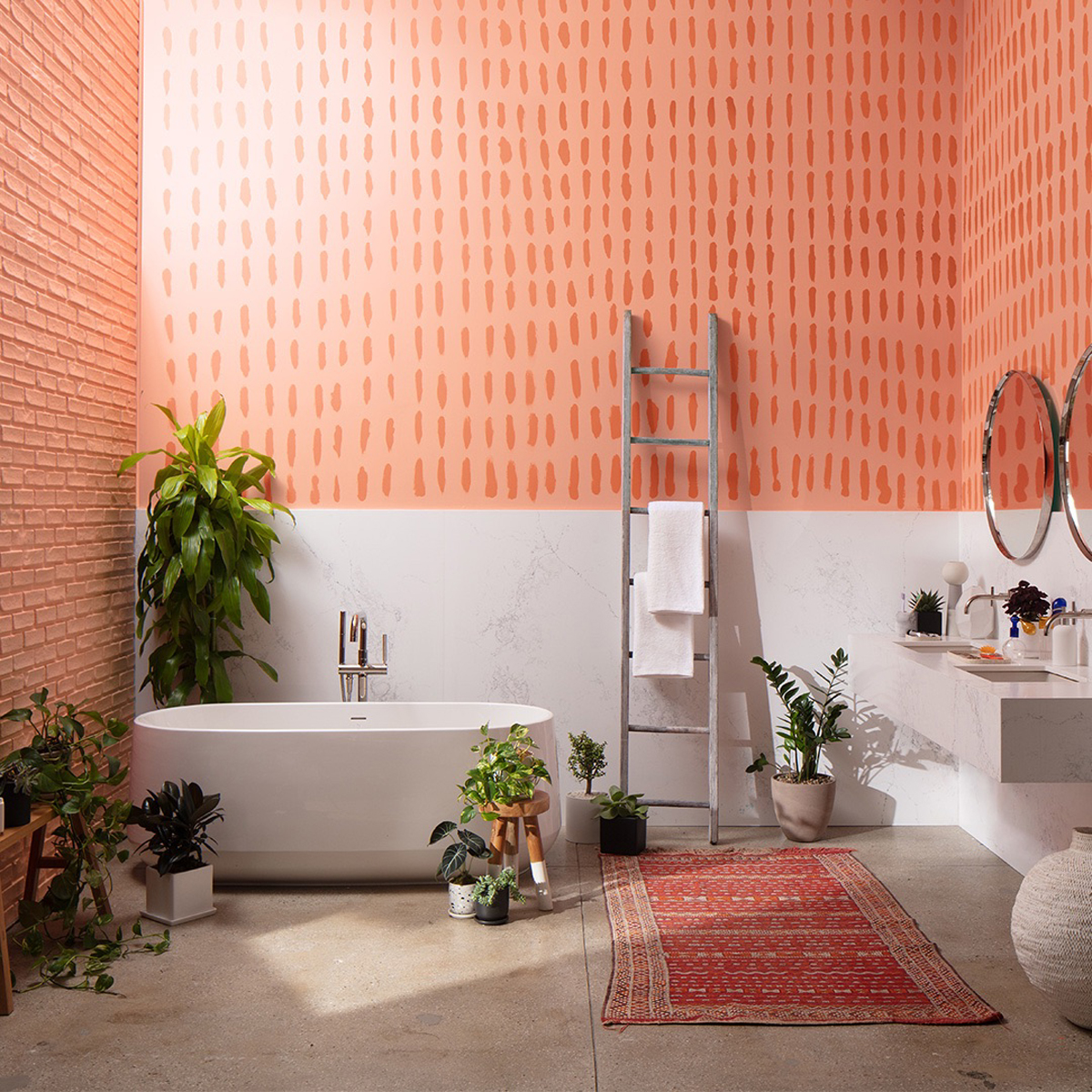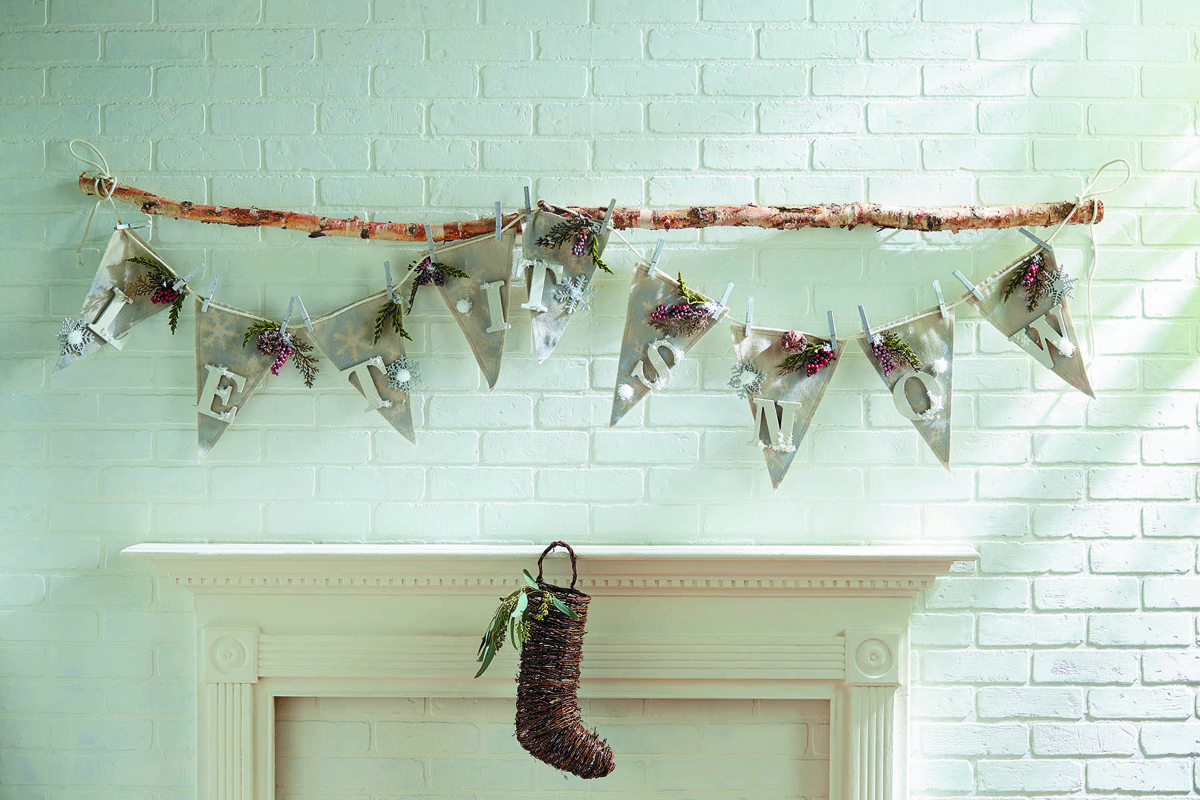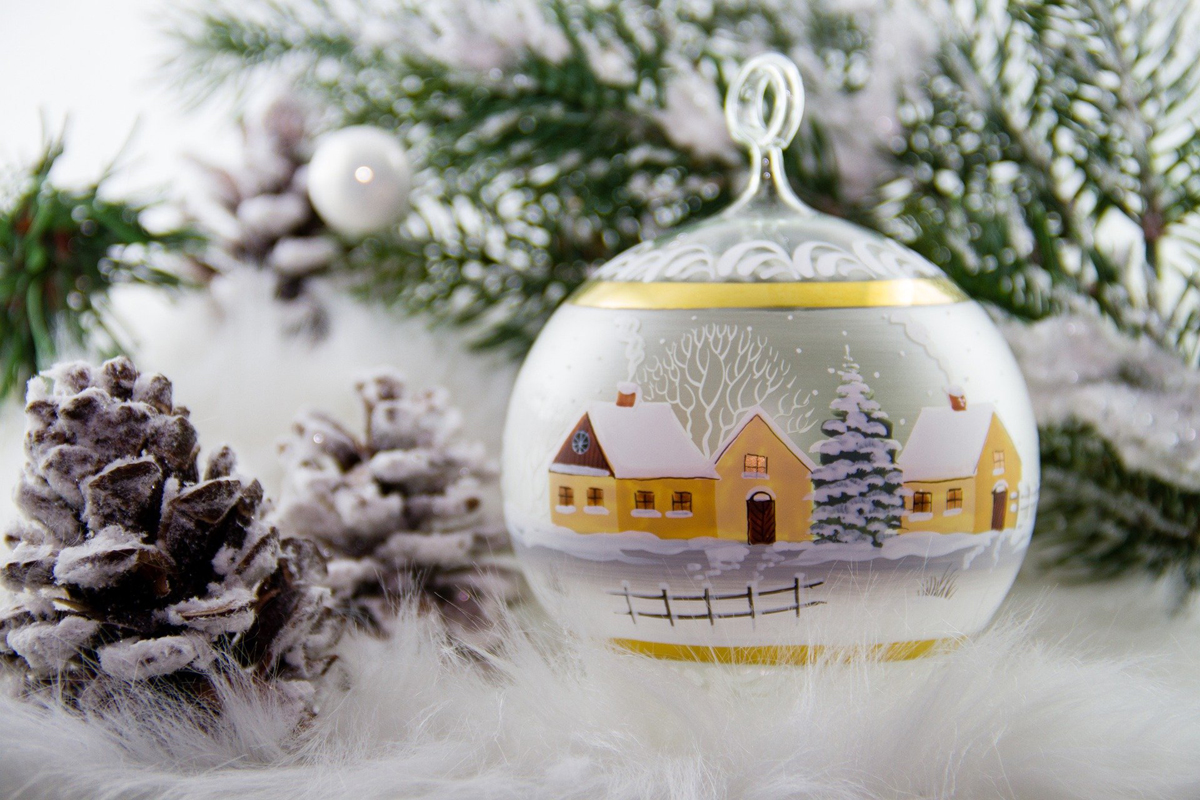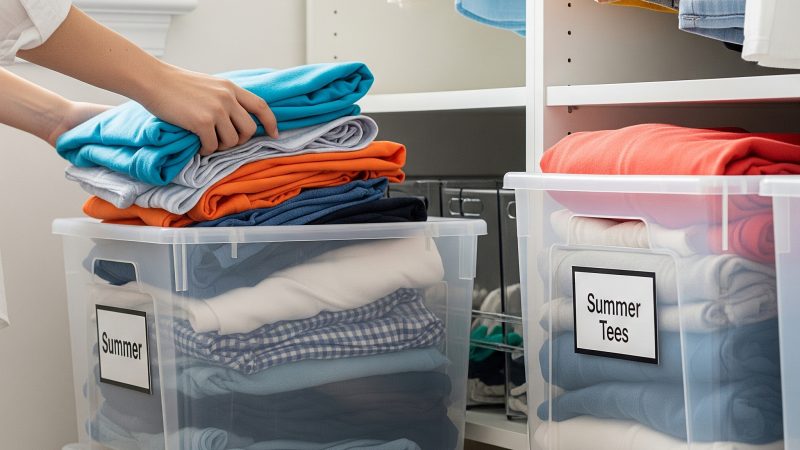Bring Dimension to Your Walls with Easy Painting Techniques

Textures, or the illusion of textures, have made a comeback in home decor trends. Clean lines and crisp whites are being replaced with bold colours and textured fabrics, a shift that breathes warmth and charm into our homes. Sharon Grech, Benjamin Moore colour and design expert, shares three tips for expanding the texture trend onto your walls with do-it-yourself-friendly paint makeovers.
Try a Colour-wash Technique
Give your walls a limestone look and feel with a colour-wash technique you can do with a paint brush and featured strokes. This is a fun and forgiving technique for beginners and painters of all skill levels. “Begin with a neutral wall colour and with a complementary darker shade, use a big brush to crosshatch on the surface. Keep a damp rag handy to soften the strokes as you go,” explains Grech. “The illusion of depth adds so much interest to the wall, there is no need to overdecorate the space – your wall will be a work of art itself.”
Combine Glossy and Matte Sheens
Mixing and matching paints with different levels of shine is simple to execute and creatively eye-catching. “Pair glossy and matte finishes of the same colour to bring subtle but elevated depth to a flat wall,” Grech suggests. “Semi-gloss and matte Aura interior paint make for a beautiful and intentional, but quiet, statement. As natural light shifts throughout the day, each sheen will reflect differently and give your wall an ever-changing flow of depth and dimension.”
Design Your Own Patterns
Creative and original wall art can create a satisfying three-dimensional feel on any wall. Repeated or symmetrical patterns that contrast with the base coat can trick the eye – and are a guaranteed attention grabber. “Free-hand murals or paintings of detailed designs can be daunting, but every homeowner can achieve a professional result with a little preparation,” says Grech. “Have fun testing out the various markings you can create with a simple tool like a paint brush or the edge of a roller. When you are ready to scale your pattern up onto the wall, a tool like a chalk reel or a laser level can provide guidance for vertical or horizontal alignment. You can remove the chalk lines easily once your work of art is dry.”
Source and Photo: (NC) Newscanada.com








